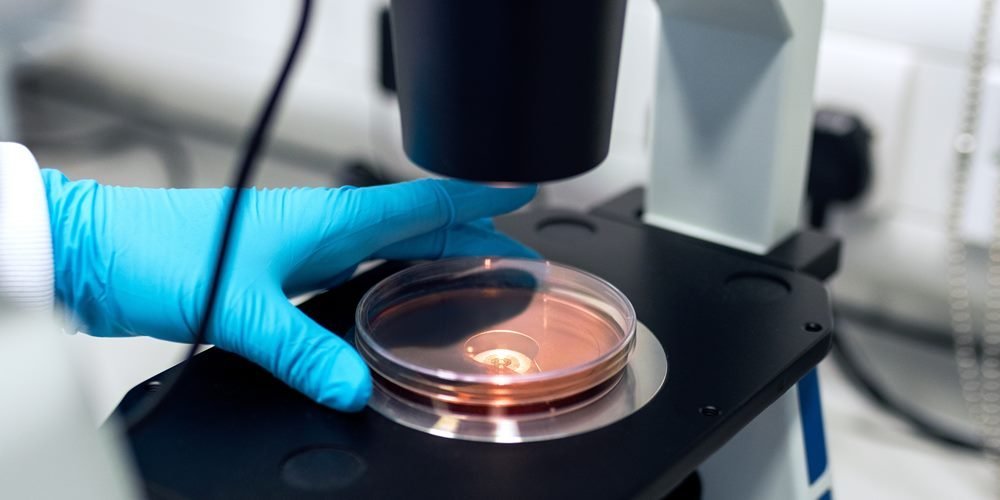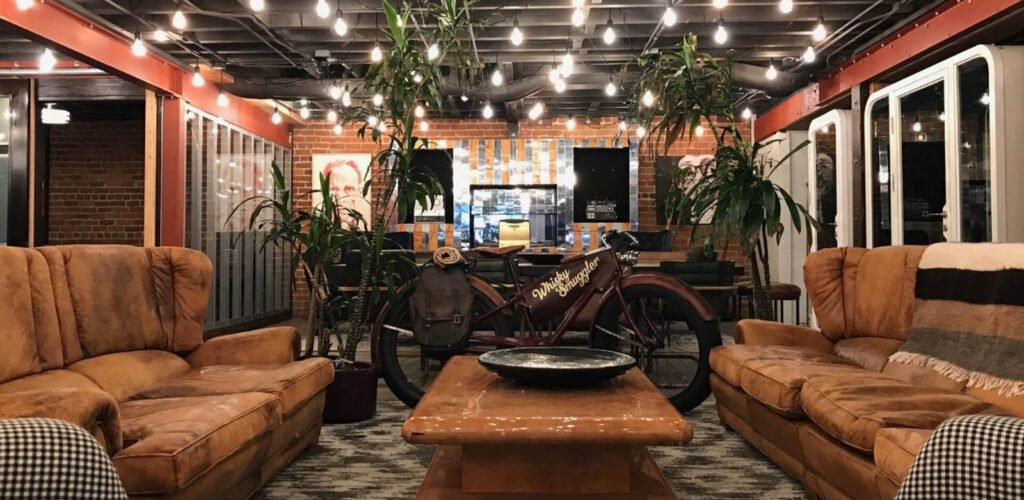San Francisco’s Lab Space Scarcity and Ways To Overcome It

The life sciences industry of California relies on a constant flow of innovative energy to power its progress, and eventually commercialize its discoveries for consumer use.
That is why entrepreneurs leading these discoveries need specialized environments to conduct their experiments and even build management teams and collaborate with colleagues and cohorts without any big restraints.
Also, lab spaces can be significantly more expensive to build than other types of spaces. Even early stages of life sciences ventures need capital to thrive, talent, and infrastructure to uphold everything.
It has come to our senses that we’re missing the infrastructure piece and in my opinion, any shared, coworking spaces will be really helpful.
So, how can we deal with lab space scarcity, and what is the future of life science complexes in San Francisco?
Lab Space Shortage Encouraging Life Sciences Firms To Get Creative
With a shortage of suitable facilities to meet the very specific and specialized needs and labor requirements of the life sciences companies, life science clusters, and many in the market are facing testing times that demand a swift solution that works.

Rising Costs and Space Demands
The shortage of laboratories, coupled with rapidly rising rents, requires a solution that’s a little bit creative to ensure that scientists and staff make the most of the space they can secure.
Fierce competition for space and talent is leading to the development and renovation of new space in surprising locations where adaptive re-use conversions result in energizing new space.
Rents for lab spaces around the US rose by nearly 52%. For example, San Francisco’s North County is as high as $90.12 per square foot.
Even in lesser-known life sciences markets, such as Philadelphia, Denver, or Seattle, rents rose 16 %, 11 %, and 10% respectively.
In pursuit of lower costs but high-quality specialized space, some companies are expanding outside premium locations and retain their access to a high-value talent pool and resources – while avoiding premium rents.
Adaptive Reuse Takes Off
To access the much-needed talented scientists, many life sciences companies are seeking reasonably priced facilities relatively close to research centers, hoping to enhance employee engagement and retention due to accessibility.
Also, when new development is not an option, or it’s hard to get one, companies undertake creative renovations of outdated facilities. Converting “old” offices into flex buildings allows creating laboratory facilities.
Adaptive reuse strategies create opportunities for companies to gain proximity to the life sciences talent pool and resources. New facilities support better talent recruitment and retention strategies.

Focus On Amenities
Flexible floor plans are becoming standard, so life sciences companies are turning toward amenities and finding space that can improve the overall well-being and productivity of employees.
They are seeking modern facility designs with more natural light, open spaces, and different types of shared workspaces.
Although the crisis with spaces is definitely widely spread in the whole world, we have established that innovation is possible only with the right scientists and business minds at the table.
This is the reason why the life sciences sector is intensely focused on attracting and retaining top talented people to their table. From coast to coast, we are seeing companies build workplaces that intentionally influence the health and well-being of employees.
Find the Optimal Laboratory Space for Rent or Lease – With IPG
Life science companies of today have many difficult tasks facing them, especially during (and after Covid-19), so finding the right workspace to get on with the job will allow them to focus on solving other, more important challenges of our society.
Active participation in resolving these problems and in related decision-making enhances the probability of the superior result being obtained.
Our many years of experience have allowed us to get more familiar with laboratory spaces and now we’re able to identify, sell, lease or even build out lab spaces that are compatible and optimally sized for the needs of your scientific research.




